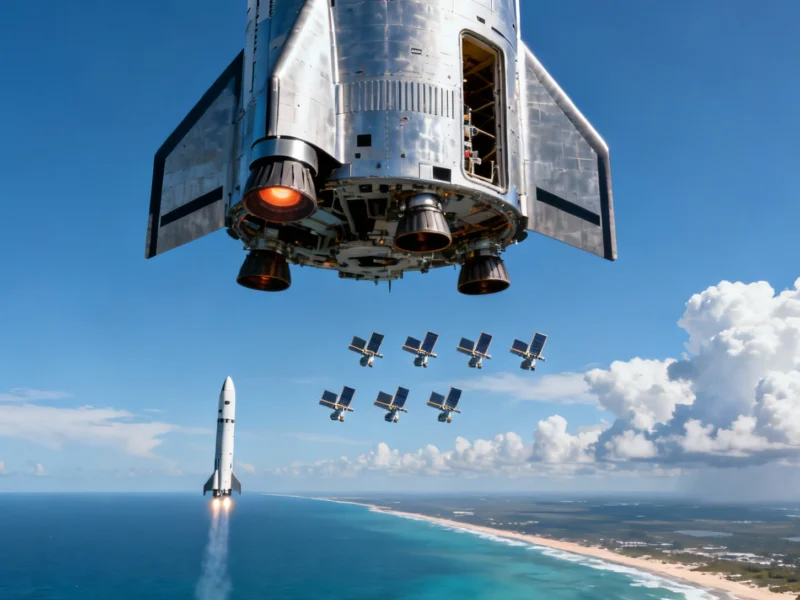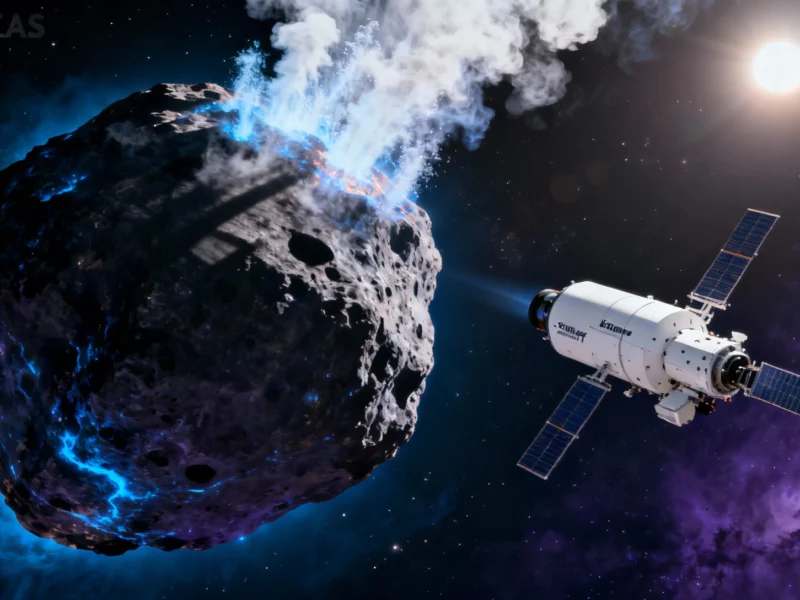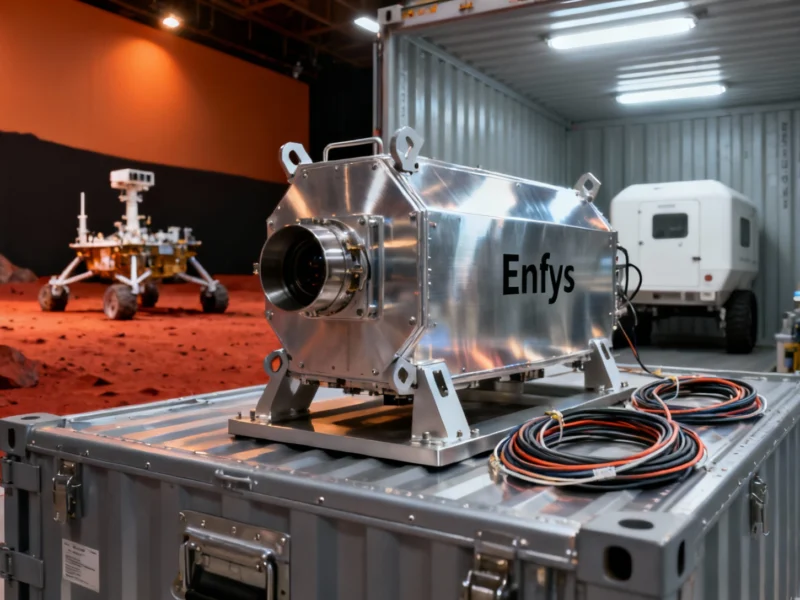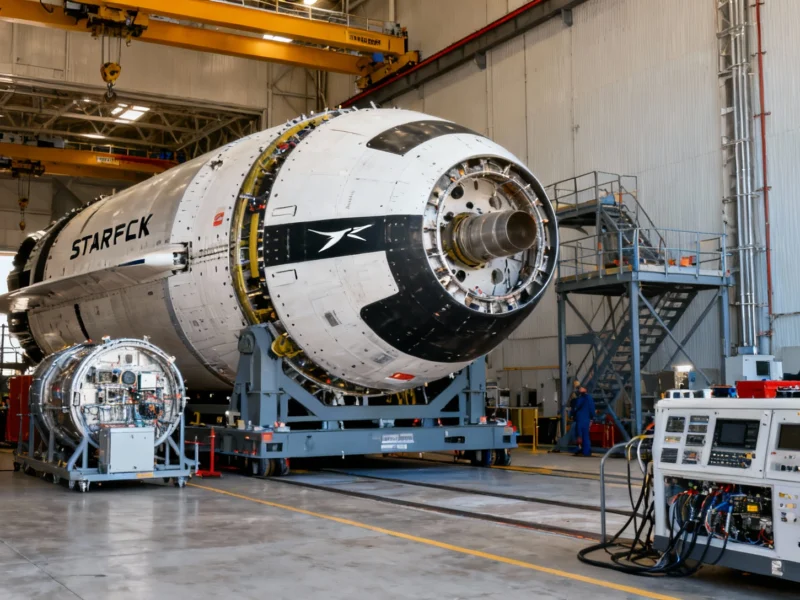Starship Flight Test Achieves All Objectives
SpaceX’s latest test flight of its Starship rocket reached every objective during Monday evening’s launch, according to reports from the aerospace company. The successful mission marked the eleventh overall flight test for Starship and the final demonstration for version two of the spacecraft system.
“Starship’s eleventh flight test reached every objective, providing valuable data as we prepare the next generation of Starship and Super Heavy,” SpaceX detailed in a post on social media platform X. The company, founded by Elon Musk, has been developing the fully reusable spacecraft system as part of its broader space exploration goals.
Mission Details and Technical Achievements
The Starship lifted off from Starbase, the SpaceX company town incorporated in Texas earlier this year, on Monday evening around 7:23 p.m. ET. Sources indicate the Super Heavy rocket successfully splashed down off the coast of Texas, using 12 of its 13 engines, with one failing to ignite.
After achieving its desired velocity and trajectory, the Starship deployed eight satellites meant to represent real Starlink satellites. Analysts suggest this deployment demonstrates the vehicle’s capability to serve as a satellite launch platform. The spacecraft then relit an engine in flight, which CNN noted was testing how the spacecraft may maneuver itself back to land after future missions.
Path to Starship V3 Development
On the back of Monday evening’s successful launch, SpaceX is poised to begin testing Starship V3 later this year or early next, according to industry reports. The upgraded version is expected to feature significant enhancements over the current iteration.
The successful test campaign comes after initial development was marked by failures, sources indicate. As aerospace manufacturers continue advancing rocket technology, SpaceX’s progress with Starship represents significant steps toward fully reusable space transportation systems.
Re-entry and Data Collection
Following the satellite deployment and engine relight tests, Starship re-entered the Earth’s atmosphere, enabling data gathering on its heat shield performance. The spacecraft ultimately splashed down in the Indian Ocean, completing the comprehensive test mission.
The successful re-entry and splashdown provide crucial data for SpaceX engineers as they prepare the next-generation spacecraft. According to the analysis, this data will inform improvements for Starship V3, which reportedly will feature enhanced performance capabilities and upgraded systems.
Industry Context and Future Implications
The successful test occurs amid broader developments in the technology and aerospace sectors. Recent reports from industry analysts covering companies like Ericsson and leadership achievements such as Jim Kavanaugh’s recognition at WWTS highlight the competitive landscape in advanced technology sectors.
Meanwhile, financial commentators including Jim Cramer have been analyzing various technology investments, though market conditions remain uncertain amid factors such as the ongoing government shutdown. Against this backdrop, SpaceX’s continued technical progress with Starship demonstrates the company’s focus on advancing space technology despite broader economic challenges.
Sources
- http://en.wikipedia.org/wiki/Aerospace_manufacturer
- http://en.wikipedia.org/wiki/SpaceX
- https://www.cnn.com/2025/10/14/science/takeaways-spacex-launch-flight-11
- https://www.inc.com/chloe-aiello/elon-musks-powerful-starship-rocket-is-moving-into-its-next-phase/91251849
- https://x.com/SpaceX/status/1977925739979612203
- http://en.wikipedia.org/wiki/Rocket
- https://www.spacex.com/launches/starship-flight-11
- http://en.wikipedia.org/wiki/SpaceX_Starship
- http://en.wikipedia.org/wiki/Elon_Musk
This article aggregates information from publicly available sources. All trademarks and copyrights belong to their respective owners.



